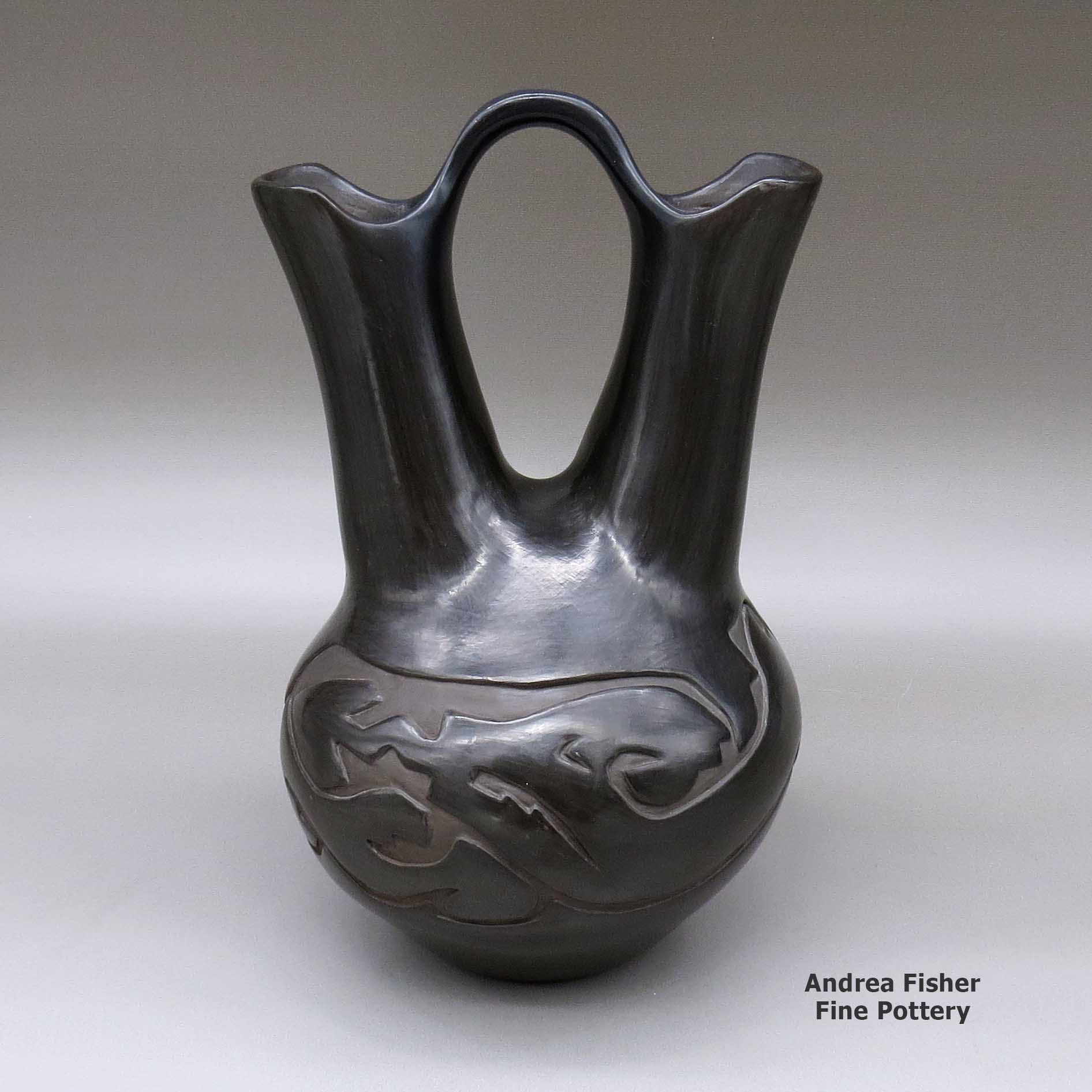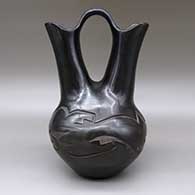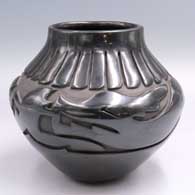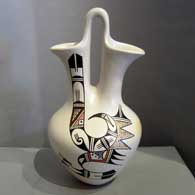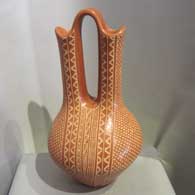100 West San Francisco Street, Santa Fe, New Mexico 87501
(505) 986-1234 - www.andreafisherpottery.com - All Rights Reserved
(505) 986-1234 - www.andreafisherpottery.com - All Rights Reserved
Christina Naranjo Family Tree
Disclaimer: This "family tree" is a best effort on our part to determine who the potters are in this family and arrange them in a generational order. The general information available is questionable so we have tried to show each of these diagrams to living members of each family to get their input and approval, too. This diagram is subject to change should we get better info.
- Christina Naranjo (1891-1980) & Jose Victor Naranjo (1895-1942)
- Mary Cain (1916-2010) & Willie Cain
- Billy Cain (1950-2005)
- Joy Cain (1947-)
- Linda Cain (1949-)
- Autumn Borts (1967-)
- Tammy Garcia (1969-)
- Tina Diaz (1946-)
- Warren Cain (1951-)
- Douglas Tafoya
- Marjorie Tafoya Tanin
- Mary Louise Eckleberry (1921-2003)
- Darlene Eckleberry
- Victor (1958-) & Naomi Eckleberry
- Teresita Naranjo (1919-1999)
- Mildred Moore (Naranjo, 1941-) & Victor Naranjo
- Eldon Moore
- Ernie Moore
- Kelli Moore
- Rick Moore
- Stella Chavarria (1939-)
- Denise Chavarria (1959-)
- Joey Chavarria (1964-1987)
- Sunday Chavarria (1963-)
- Mildred Moore (Naranjo, 1941-) & Victor Naranjo
- Cecilia Naranjo & James Lee McLean
- Sharon Naranjo Garcia (1951-) & Lawrence Atencio (San Juan)
- Ira Atencio (1975-)
- Lawrence Thunder Atencio
- Judy (1962-) & Lincoln Tafoya (1954-)
- Cecilia Fawn Tafoya (1986-)
- Chelsea Tafoya
- Eli Tafoya (1991-)
- Josetta Tafoya (1993-)
- Lincoln A. Tafoya (1989-)
- Linette Tafoya (1989-)
- Sarah Ayla Tafoya (1987-)
- Sharon Naranjo Garcia (1951-) & Lawrence Atencio (San Juan)
- Mida Tafoya (1931-)
- Ethel Vigil (1950-)
- Kimberly Garcia (1978-)
- Mike Tafoya (1956-)
- Phyllis Tafoya (1955-) & Matthew Tafoya
- Sherry Tafoya (1956-)
- Phyllis & Marlin Hemlock (Seneca)
- Lincoln Tafoya (1954-)
- Matthew Tafoya (1953-)
- Ethel Vigil (1950-)
- Edward Mickey Naranjo and Gracie Naranjo (Navajo)
- Edward Mickey Naranjo Jr.
- Teresa Naranjo
- Tracy Naranjo
Some of the above info is drawn from Pueblo Indian Pottery, 750 Artist Biographies, by Gregory Schaaf, © 2000, Center for Indigenous Arts & Studies. Other info is derived from personal contacts with family members and through interminable searches of the Internet.


